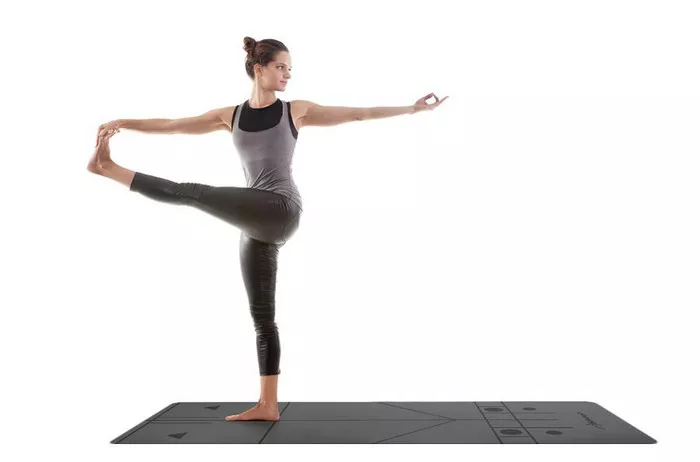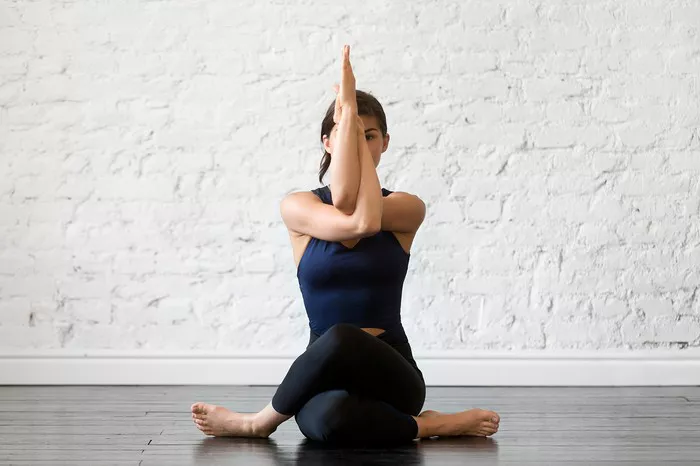In recent years, hot yoga has gained significant popularity as a form of exercise and relaxation. Advocates praise its ability to increase flexibility, detoxify the body, and promote mental well-being. However, amidst its rising popularity, concerns have been raised regarding the safety of practicing yoga in heated environments. Questions regarding the potential risks and dangers associated with hot yoga have sparked debates within the fitness and medical communities. In this article, we delve into the topic, examining the evidence, dispelling myths, and providing insights into the safety of hot yoga.
Understanding Hot Yoga: The Basics
Hot yoga typically refers to yoga practiced in a heated room, often ranging from 90 to 105 degrees Fahrenheit (32 to 40 degrees Celsius), with varying levels of humidity. The elevated temperature is believed to enhance the benefits of yoga by increasing flexibility, promoting sweating, and potentially aiding in detoxification.
Hot yoga classes can take various forms, including Bikram yoga, which follows a specific sequence of 26 poses and two breathing exercises, and other styles such as vinyasa and power yoga adapted to heated environments. While hot yoga is praised for its ability to challenge practitioners both physically and mentally, questions have arisen regarding its safety, particularly concerning the potential risks associated with exercising in extreme heat.
Debunking Myths: Separating Fact from Fiction
Before delving into the safety considerations of hot yoga, it’s essential to address some common misconceptions surrounding this practice.
Myth 1: Hot yoga is only for the young and fit.
Contrary to popular belief, hot yoga is not exclusively reserved for individuals who are already flexible or physically fit. Classes are often tailored to accommodate practitioners of all levels, with instructors offering modifications and adjustments to suit individual needs. While hot yoga can be physically demanding, beginners can gradually build strength and flexibility over time with consistent practice.
Myth 2: Hot yoga leads to more calorie burn and weight loss.
While practicing yoga in a heated room may result in increased sweating and calorie expenditure, the notion that hot yoga leads to more significant weight loss compared to traditional yoga practices is debatable. Weight loss primarily depends on various factors, including diet, overall physical activity, and individual metabolism. While hot yoga may contribute to temporary water weight loss due to sweating, sustainable weight loss requires a comprehensive approach that includes a balanced diet and regular exercise.
Myth 3: Hot yoga detoxifies the body.
The idea that hot yoga facilitates detoxification by sweating out toxins is a common misconception. While sweating does play a role in regulating body temperature and eliminating waste products, the liver and kidneys are primarily responsible for detoxification processes in the body. Sweating alone is insufficient to remove toxins accumulated within the body. Maintaining proper hydration and a healthy lifestyle are key factors in supporting the body’s natural detoxification mechanisms.
Safety Considerations: Assessing the Risks
While hot yoga offers numerous benefits, including improved flexibility, stress reduction, and enhanced mental focus, it’s essential to acknowledge the potential risks associated with practicing yoga in heated environments. Understanding these risks can help practitioners make informed decisions and adopt safe practices.
Risk 1: Dehydration and Heat-Related Illness
Exercising in high temperatures can increase the risk of dehydration and heat-related illnesses, such as heat exhaustion and heatstroke. Prolonged exposure to extreme heat without adequate hydration can lead to electrolyte imbalances, dizziness, nausea, and fatigue. Individuals with certain medical conditions, such as heart disease, hypertension, or respiratory issues, may be particularly vulnerable to heat-related complications. It’s crucial for practitioners to stay hydrated before, during, and after hot yoga sessions and listen to their bodies’ signals to prevent overheating.
Risk 2: Musculoskeletal Injuries
The combination of heat and intense physical activity in hot yoga classes can potentially increase the risk of musculoskeletal injuries, such as strains, sprains, and overuse injuries. The heat may create a false sense of flexibility, leading practitioners to overstretch or push their bodies beyond their limits, resulting in injury. Proper alignment, mindful movement, and listening to one’s body are essential to prevent injuries during hot yoga practice. Practitioners should communicate any discomfort or pain to their instructors and modify poses as needed to avoid strain.
Risk 3: Hyponatremia
Hyponatremia, or low blood sodium levels, can occur when individuals consume excessive amounts of water without adequate electrolyte intake, particularly in hot and humid environments. While staying hydrated is essential during hot yoga sessions, consuming excessive amounts of water without replenishing electrolytes lost through sweat can dilute the body’s sodium levels, leading to symptoms such as headache, confusion, nausea, and in severe cases, seizures or coma. To prevent hyponatremia, practitioners should maintain a balance of water and electrolyte intake and consider consuming sports drinks or electrolyte supplements as needed.
Mitigating Risks: Best Practices for Safe Hot Yoga Practice
Despite the potential risks associated with hot yoga, practicing safely can help minimize the likelihood of adverse effects and enhance the overall experience. Here are some tips for safe hot yoga practice:
1. Stay Hydrated: Drink plenty of water before, during, and after hot yoga sessions to maintain hydration levels. Consider electrolyte-replenishing drinks or supplements, especially if sweating excessively.
2. Listen to Your Body: Pay attention to your body’s signals and avoid pushing yourself beyond your limits. Take breaks as needed and modify poses to suit your comfort level.
3. Stay Cool: Wear lightweight, breathable clothing and bring a towel to absorb sweat during hot yoga classes. Position yourself near fans or ventilation sources to stay comfortable.
4. Avoid Excessive Heat Exposure: Limit exposure to extreme heat outside of yoga classes and avoid practicing hot yoga if you’re feeling unwell or have any underlying health concerns.
5. Seek Professional Guidance: Consult with a healthcare provider before starting hot yoga or any new exercise regimen, especially if you have pre-existing medical conditions or concerns.
6. Choose Qualified Instructors: Attend classes taught by certified yoga instructors who have experience teaching hot yoga and can provide guidance on safe practices and modifications.
7. Stay Informed: Stay informed about the latest research and recommendations regarding hot yoga safety, and be open to adjusting your practice based on new information.
By following these guidelines and adopting a mindful approach to hot yoga practice, individuals can enjoy its benefits while minimizing the associated risks.
Conclusion
Hot yoga can be a rewarding and invigorating practice that offers numerous physical and mental benefits. However, it’s essential to approach it with caution and awareness of the potential risks involved. By understanding the safety considerations, debunking common myths, and implementing best practices for safe practice, individuals can experience the transformative power of hot yoga while prioritizing their well-being. Ultimately, hot yoga can be a valuable addition to a holistic wellness routine when practiced mindfully and responsibly.
















